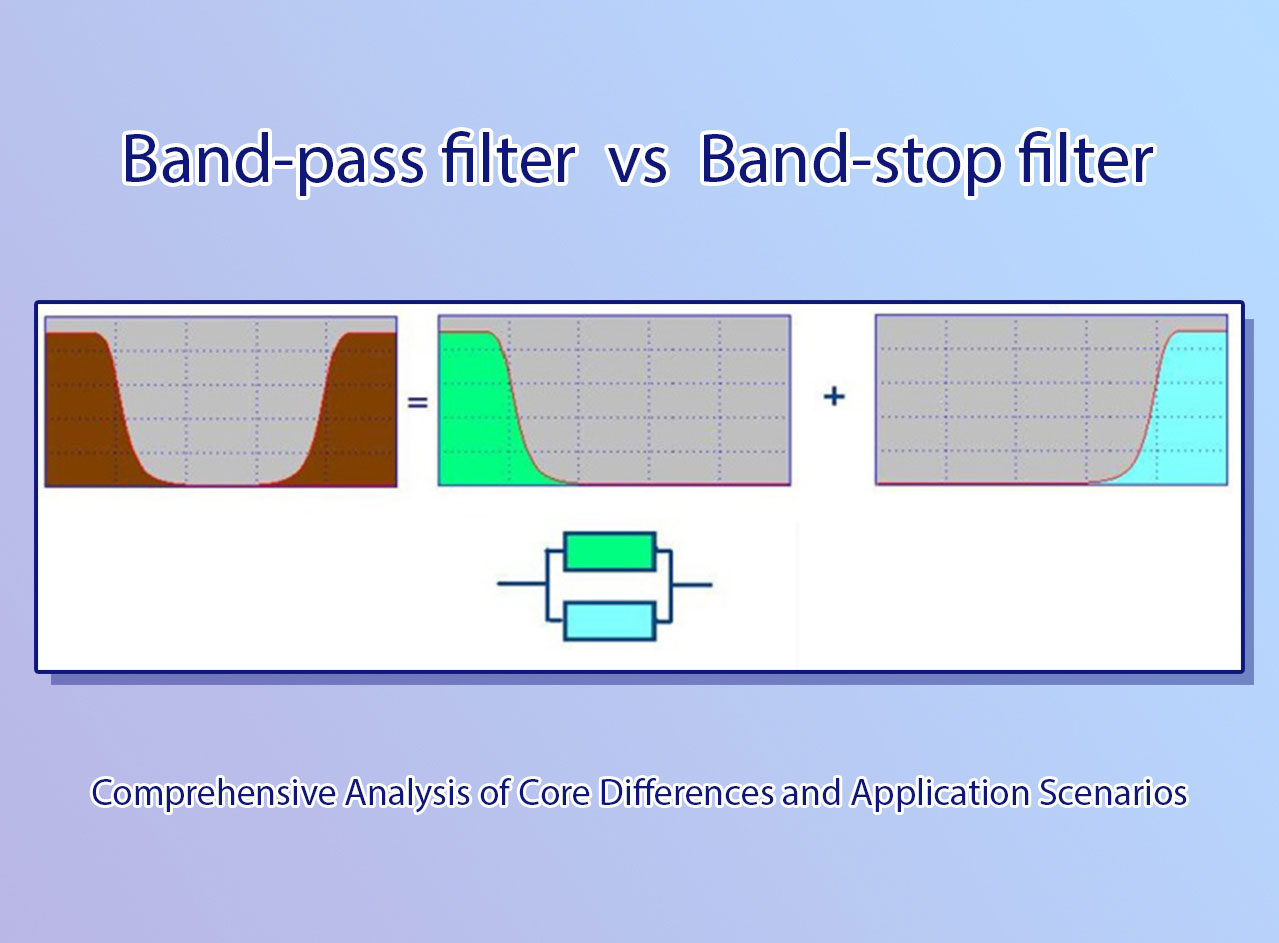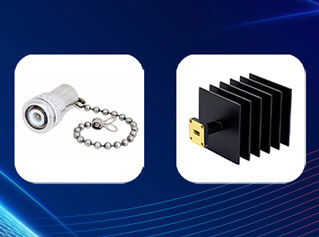-
 Band Pass Filter vs. Band Stop Filter: Key Differences and Application Scenarios Explained
Mar , 12 2025
Band Pass Filter vs. Band Stop Filter: Key Differences and Application Scenarios Explained
Mar , 12 2025
1. Core Definitions and Working Principles : to pass while blocking low and high-frequency interference : Displays a "mountain peak" shape with maximum gain at the center frequency : Typically uses LC series resonant circuits or op-amp combinations Definitiontarget frequency band (stopband)Response CurveImplementation 2. Six Key Differences Comparison Table Comparison Aspect Band Stop Filter...
View more
-
 Common waveguide components: waveguide terminals
Mar , 18 2025
Common waveguide components: waveguide terminals
Mar , 18 2025
2. Waveguide Terminals 2.1 Performance Characteristics Key electrical parameters include frequency range (determined by waveguide dimensions), VSWR, and input power handling. Physical attributes like size, weight, and material selection (e.g., corrosion-resistant plating) are equally vital. Thermal management strategies vary: 2.2 Materials and Applications A waveguide terminal typically consists o...
View more
-
 5G-Advanced Accelerates New Requirements for In-building RF Infrastructure
Apr , 28 2025
5G-Advanced Accelerates New Requirements for In-building RF Infrastructure
Apr , 28 2025
As 5G-Advanced (5G-A) technology emerges, it brings higher speeds, lower latency, and smarter network capabilities, reshaping expectations for in-building wireless systems. Modern facilities—such as offices, airports, and hospitals—now require more advanced Distributed Antenna Systems (DAS) capable of supporting higher frequency bands and broader bandwidths. Traditional infrastructure must evolve....
View more
-
 Yagi Antenna: Key Advantages and Primary Applications
May , 16 2025
Yagi Antenna: Key Advantages and Primary Applications
May , 16 2025
Key Advantages of Yagi Antennas: High Gain and Directivity Yagi antennas are highly directional, focusing radio frequency (RF) energy into a narrow beamwidth. This directional radiation pattern allows for significant gain (typically 8–15 dBi), making them ideal for long-distance communication. The focused beam minimizes interference from unwanted directions, improving signal-to-noise ratios. Cost-...
View more
-
 What Is an RF Attenuator and Why It Matters in RF Systems
May , 21 2025
What Is an RF Attenuator and Why It Matters in RF Systems
May , 21 2025
In the world of wireless communications, signal integrity and system protection are paramount. An RF attenuator plays a crucial role in both areas. Whether you’re working in a lab environment, designing a base station, or setting up an indoor DAS system, RF attenuators help manage signal strength and ensure long-term reliability. What Is an RF Attenuator? An RF attenuator is a passive component de...
View more
-
 Key Trends Driving the RF Industry Forward
Jul , 26 2025
Key Trends Driving the RF Industry Forward
Jul , 26 2025
The RF industry is experiencing rapid growth as new technologies and applications reshape the market. With the global demand for faster, more reliable wireless communication, RF components have become more critical than ever. 5G and Beyond The global rollout of 5G networks has significantly boosted the demand for RF components such as power splitters, couplers, and antennas. In addition, research ...
View more
-
 Optimizing Passive Components for Better 5G DAS Coverage
Aug , 13 2025
Optimizing Passive Components for Better 5G DAS Coverage
Aug , 13 2025
With the rapid deployment of 5G in indoor environments, Distributed Antenna Systems (DAS) have become a critical solution to ensure reliable signal coverage. Although passive RF components in DAS are non-powered, their performance directly affects signal transmission quality and overall system stability. Selecting and optimizing these passive components is key to enhancing indoor 5G network covera...
View more
-
 Typical Applications of Combiners in Macro Sites and Indoor DAS Systems
Aug , 27 2025
Typical Applications of Combiners in Macro Sites and Indoor DAS Systems
Aug , 27 2025
In modern mobile communication networks, especially during the deployment of 4G LTE and 5G NR, the number of frequency bands and systems continues to increase. To reduce the complexity of the antenna-feeder system and improve network deployment efficiency, the combiner has become an essential passive component in both macro base stations (macro sites) and Distributed Antenna Systems (DAS). Proper ...
View more
 Band Pass Filter vs. Band Stop Filter: Key Differences and Application Scenarios Explained
Mar , 12 2025
Band Pass Filter vs. Band Stop Filter: Key Differences and Application Scenarios Explained
Mar , 12 2025
 Common waveguide components: waveguide terminals
Mar , 18 2025
Common waveguide components: waveguide terminals
Mar , 18 2025